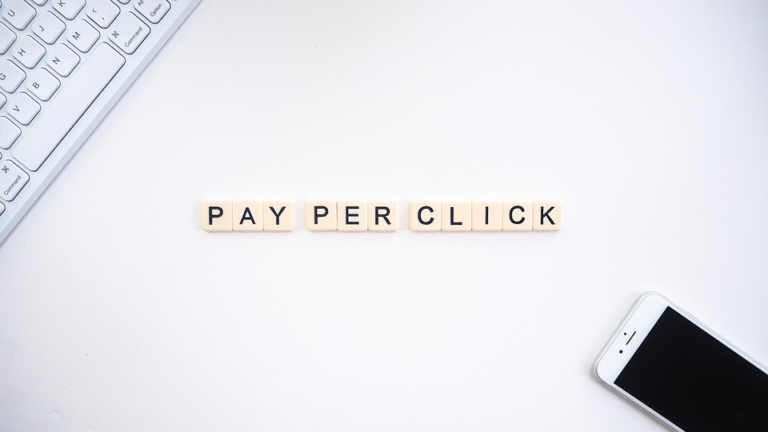What is Profit Margin?
The profit margin is a number that represents how much profit a company makes for every dollar of revenue. It is calculated by dividing net income by total revenue. The profit margin is an important number to look at when evaluating a company because it shows how efficient the company is at generating profits. A high profit margin means that the company is good at making money, while a low profit margin means that the company could be more efficient at generating profits.






